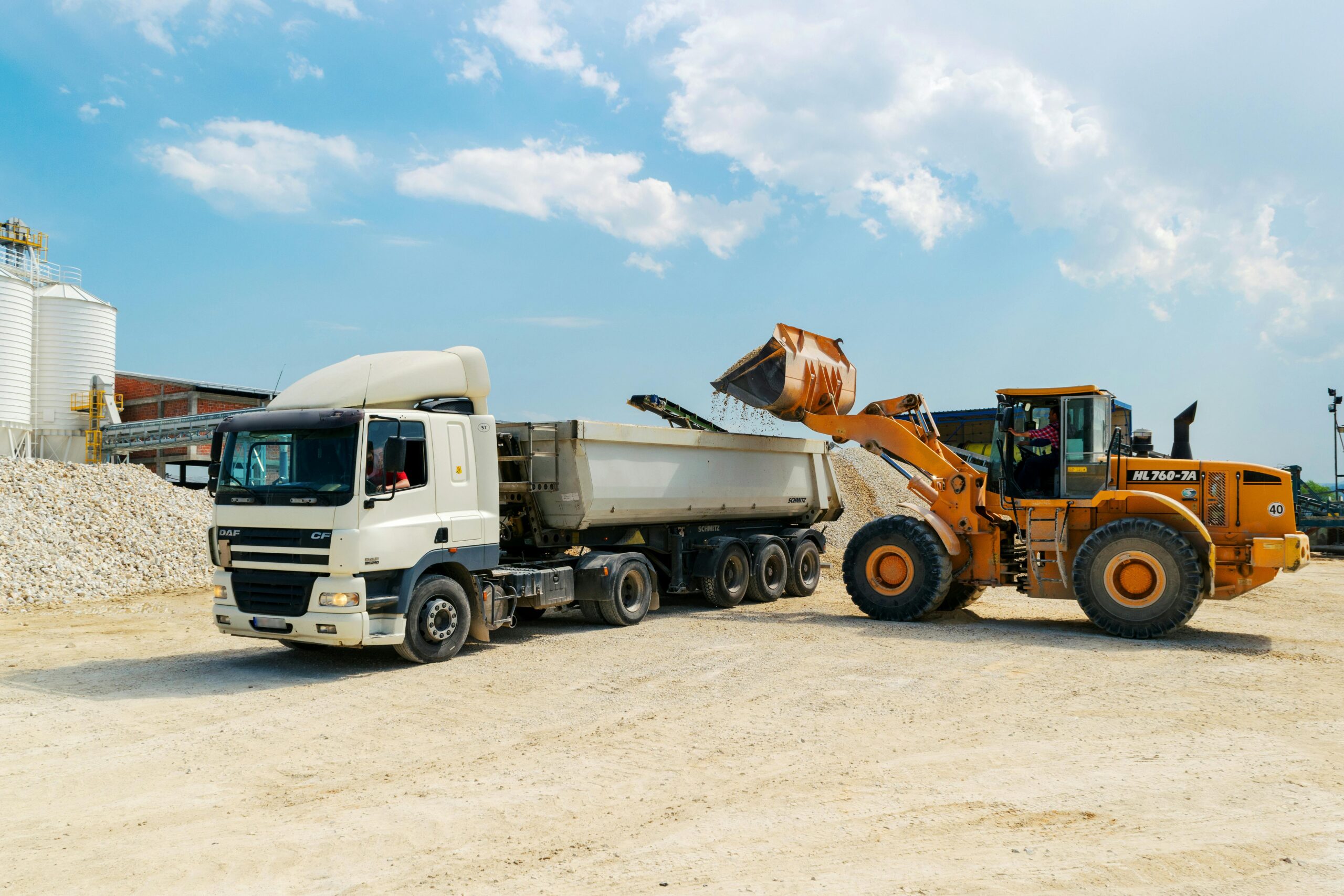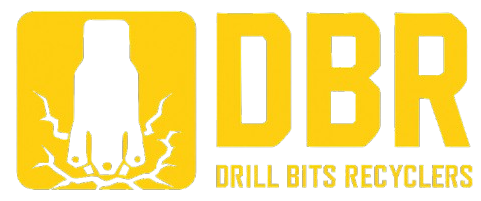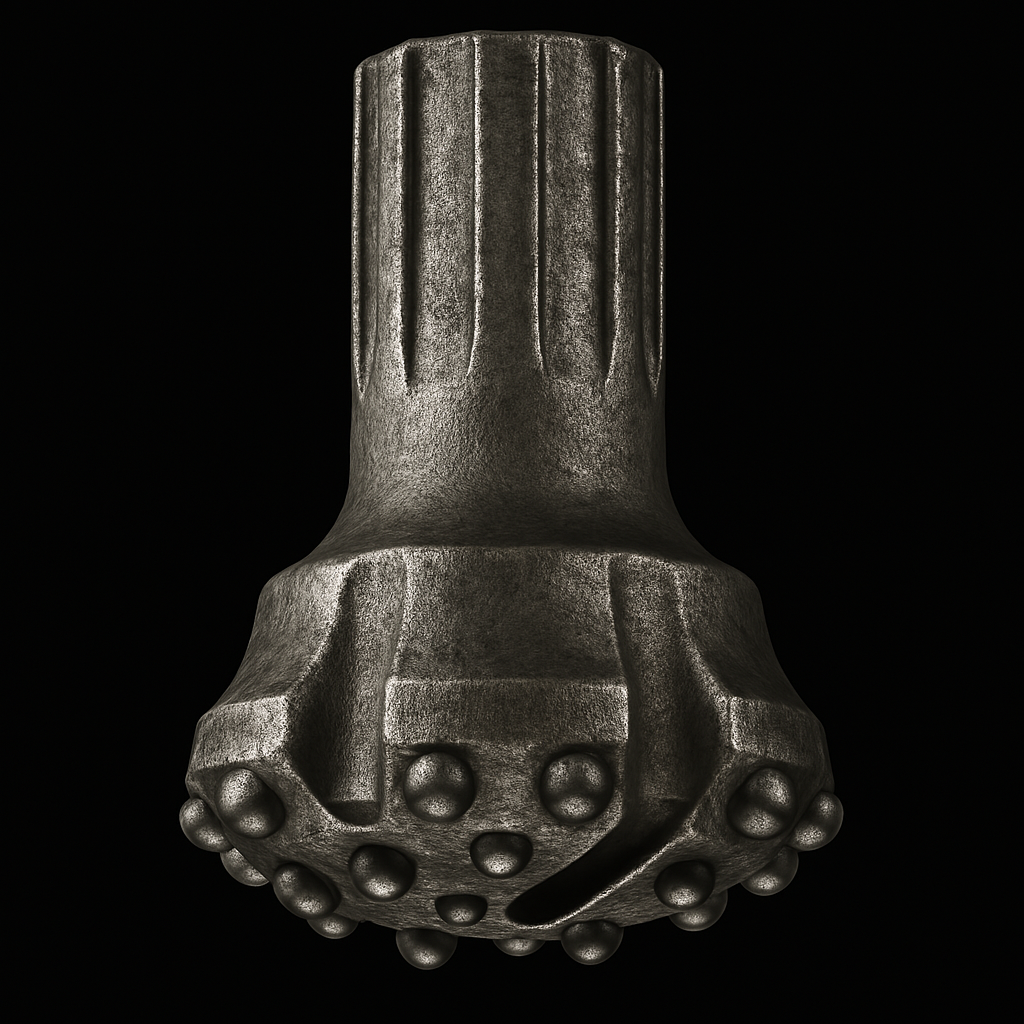Goldfields Geology: Why Local Rock Makes Drill Bits More Valuable
How regional geology affects equipment wear and recycling value
When Geology Meets Drill Bit Value
In Western Australia’s Goldfields region, the ground tells a different story, and it takes a toll on your tools.
From Kalgoorlie to Leonora, the region’s hard, abrasive geology chews through drill bits faster than almost anywhere else in the country. But what many mining operations overlook is this: the very rock that wears down your equipment may also be the reason your scrap is worth more.
That’s because worn drill bits, especially those used in high-pressure, high-friction conditions, retain significant quantities of tungsten carbide, a material with consistently strong global demand and high recycling value.
If you’ve ever wondered why your site goes through drill bits faster than others, or how local geology affects the value of your scrap, this blog has the answers.
We’ll break down:
- What makes Goldfields geology so tough on tooling
- How that wear impacts the recycling value of drill bits
- What mining operators can do to recover more value from tungsten and metal components
- And why geology-aware scrap management leads to better returns
Because in the Goldfields, drill bit recycling isn’t just a clean-up job, it’s a profit opportunity.
The Goldfields’ Unique Geology
The Eastern Goldfields are known for their vast mineral wealth, but what makes this region so valuable to mining also makes it punishing on equipment. Beneath the red dirt lies some of the hardest, most abrasive rock formations in Australia, and they take a serious toll on drill bits, rods, and tooling.
Hard Rock Formations and Their Effect on Equipment
Goldfields geology is dominated by granite-greenstone belts, quartz-rich veins, and high-strength ore bodies that demand serious force to penetrate. Compared to softer sedimentary formations found elsewhere, these rocks:
- Accelerate mechanical wear on drilling surfaces
- Cause frequent bit changes and short tool lifespans
- Increase reliance on premium-grade tungsten carbide tooling
This means that every metre drilled in the Goldfields comes with a higher cost in tooling wear, but also creates more high-value scrap in the process.
How Abrasive Conditions Accelerate Drill Bit Wear
Drill bits in the Goldfields are exposed to:
- High silica content that acts like industrial sandpaper
- Constant shock loading from fractured rock faces
- Prolonged use in deep hole applications where heat and friction compound wear
These conditions destroy edges, wear down inserts, and erode tool faces rapidly, leading to large volumes of worn tungsten components ready for recycling.
Why Tungsten Carbide Is Essential for Goldfields Drilling
In this environment, standard steel tools simply won’t hold up. Tungsten carbide is the material of choice because it:
- Maintains cutting performance under high pressure and heat
- Resists abrasion far better than tool steel
- Extends the operational life of bits, even in harsh conditions
And when these carbide bits finally wear out, they’re not just scrap, they’re valuable tungsten sources waiting to be recovered and sold.
Why Drill Bits Recycling Matters in the Goldfields
In a region like the Goldfields, where drilling tools face some of the most extreme wear conditions in Australia, recycling worn drill bits isn’t just good practice, it’s a critical financial strategy. Every bit you retire could be holding dollars in tungsten, steel, and recoverable metals.
How Worn Drill Bits Hold Valuable Tungsten Content
Even after extreme use, most tungsten carbide drill bits retain a significant amount of recoverable material. DTH hammers, tricone bits, and RC inserts often contain:
- High-density tungsten carbide inserts or buttons
- Steel bodies with valuable alloy content
- Wear parts suitable for metal separation and scrap recovery
In short, that bin of dull and damaged bits sitting behind the shed may be worth far more than it looks.
The Financial Benefits of Recycling Tungsten Carbide Bits
Tungsten is a high-value material, and prices per kilogram for clean, tested carbide scrap remain strong. For Goldfields operators, this translates to:
- Ongoing revenue from every batch of worn tooling
- Reduced material waste and disposal costs
- Offsetting of new tooling expenses through scrap returns
By recycling through a specialist, you turn high-wear operations into high-return opportunities, without interrupting workflow.
Reducing Waste and Supporting Sustainability Goals
Beyond the financial gain, recycling drill bits supports broader ESG and compliance initiatives. When you recycle:
- You divert heavy metals from landfill
- You contribute to resource circularity in the mining sector
- You improve reporting on material recovery and environmental performance
At DBR, we provide custom reporting and traceability tools to help Goldfields operators track every load, supporting both profit and sustainability.
How Geology Impacts Drill Bit Scrap Value
Not all worn drill bits are created equal. The geological conditions they’re used in have a direct effect on the amount and quality of recyclable material left behind. In the Goldfields, harsh rock formations don’t just wear tools down faster, they also shape what’s left, and what it’s worth.
Wear Patterns That Reveal Tungsten Content
Experienced recyclers can often read the wear patterns on a drill bit and estimate how much tungsten is left. Common indicators include:
- Flattened inserts that show progressive use
- Fractured buttons or missing segments from shock impact
- Heat discolouration that may affect recoverability
The more aggressive the wear, the more likely that significant tungsten remains embedded in the tool. But only proper testing can confirm exact content and value.
How Mixed Materials from Heavy Wear Affect Pricing
In high-wear zones like the Goldfields, drill bits often return with:
- Tungsten buttons partially eroded
- Steel casings worn down or cracked
- Surface contamination from drilling fluids or rock fragments
This mix of materials can complicate processing. If scrap loads contain too many mixed or contaminated pieces, recyclers may apply:
- Lower pricing tiers
- Contamination deductions
- Extra handling charges
Keeping bits sorted, clean, and documented helps protect against these value reductions.
Why Testing (XRF Analysis) Is Critical for Accurate Valuation
Visual inspection isn’t enough. At DBR, we use X-ray fluorescence (XRF) testing to:
- Identify exact tungsten content
- Detect trace metals that affect pricing
- Ensure you get fair compensation for every component
In Goldfields operations, where tool wear is aggressive and material mixes are complex, this testing is the fastest, most reliable way to preserve value.
Tungsten Recycling in the Goldfields
Tungsten is one of the most valuable materials used in mining tooling, and the Goldfields generates a high volume of recyclable tungsten waste due to its demanding geological conditions. Recycling this material isn’t just about sustainability, it’s a smart way to recover costs and reduce reliance on new imports.
Current Tungsten Recycling Trends in WA Mining
Across Western Australia, tungsten recycling is gaining momentum as more mining companies look for:
- Cost offsets on tooling purchases
- Improved ESG reporting
- Circular economy solutions that reduce environmental impact
The Goldfields, with its high tool turnover, plays a leading role in this trend. Recyclers are now focusing on on-site pickups, XRF testing, and export-ready processing to help regional operators get the best return.
How Tungsten Recovery Offsets Operational Costs
For mining operations processing hundreds of kilograms per month, this can mean:
- Thousands in recovered revenue
- Reduced overall tooling expenses
- Extra budget for fleet upgrades or component replacements
Instead of discarding used bits as waste, operators across the Goldfields are now viewing them as high-grade recoverable assets.
Best Recyclers for Tungsten and Metal in the Region
Not all scrap dealers are equipped to handle tungsten properly. In the Goldfields, you need a partner who understands:
- Mining equipment composition
- On-site logistics and bulk pickups
- Precise metal grading and valuation
At Drill Bits Recyclers, we specialise in tungsten recycling for Goldfields operations, offering:
- Regional collection across Kalgoorlie, Leonora, and Laverton
- On-site XRF testing and reporting
- Export-grade processing and global buyer networks
We help local operators recover real value, with none of the guesswork.
Metal Recycling Services for Goldfields Mining
Mining operations in the Goldfields generate more than just tungsten scrap. From stainless steel components to damaged drill rods and wear plates, the volume of high-grade recyclable metal is substantial. With the right partner, managing this scrap becomes a seamless part of your operational workflow, not an afterthought.
End-to-End Collection and Scrap Processing
At Drill Bits Recyclers, we offer end-to-end scrap metal services tailored for Goldfields mining projects. This includes:
- Site cleanouts during shutdowns or maintenance
- Ongoing bin swaps for regular operational scrap
- Transport and handling for remote locations
We manage the full lifecycle of your scrap, from pickup to processing to final reporting, so your team can stay focused on production.
Working with Local Recyclers for Better Logistics
Goldfields sites face unique logistical challenges, distance, timing, and coordination across remote areas. That’s why working with a WA-based recycler matters.
We understand the region and provide:
- Flexible pickup schedules aligned with project timelines
- Access to our regional collection network
- Faster turnaround times compared to metro-only services
We don’t wait for scrap to pile up, we work with your team to keep material flowing, bins turning over, and value returning.
Bulk Recycling Strategies for Mining Operations
Large operations benefit most when recycling becomes part of the routine. DBR helps Goldfields clients:
- Sort materials by type and value on-site
- Schedule collections to match production cycles
- Implement staff training on identifying high-value metals
- Consolidate waste streams into bulk loads for higher pricing
By making scrap recovery part of your operational rhythm, we help you unlock hidden revenue while reducing environmental impact.

Maximising Drill Bit Recycling Value
When it comes to recycling drill bits in the Goldfields, value isn’t just determined by weight, it’s driven by how well your materials are sorted, prepared, and timed. Mining operations that take a strategic approach to scrap management consistently recover more, both in terms of dollars and ESG benefits.
Sorting and Cleaning Bits to Avoid Contamination
One of the fastest ways to lose scrap value is by mixing materials. To protect the value of tungsten and other high-grade components:
- Separate drill bits by type – DTH, RC, HDD, tricones
- Remove non-metallic attachments like rubber seals or washers
- Avoid mixing with low-grade steel or general waste
Clean, well-organised scrap gets processed faster, priced more accurately, and avoids contamination deductions from recyclers.
Timing Scrap Sales to Match Metal Price Trends
Like most commodities, tungsten scrap prices fluctuate based on global demand. While it’s not always possible to time sales perfectly, being aware of market trends allows operators to:
- Hold high-value batches during downturns
- Plan large drop-offs during pricing surges
- Consult recyclers like DBR for live rate guidance
Even small timing improvements can significantly impact the value of large volumes.
Partnering with Experts for Accurate Tungsten Recovery
At Drill Bits Recyclers, we don’t just collect metal, we maximise its value through:
- XRF testing to confirm tungsten content
- Custom reports for traceability and compliance
- Expert grading to ensure you’re paid what your scrap is worth
For Goldfields operations running on tight margins, this expert input transforms recycling from an afterthought into a smart, recurring revenue stream.
Conclusion: Turning Goldfields Wear Into Value
In the Goldfields, tough geology is a given. Drill bits wear faster, tooling costs climb, and metal waste piles up. But behind that wear lies opportunity.
By understanding how local rock conditions accelerate tool degradation, mining operators can better anticipate scrap volumes, identify recoverable tungsten, and implement recycling systems that return real value.
From XRF testing to bulk scrap pickups, DBR helps Goldfields operators turn used tooling into:
- Higher scrap returns
- Cleaner ESG reporting
- Smarter operational insights
Because when you match local geology with the right recycling strategy, every worn bit becomes part of a more profitable process.
Ready to unlock more from your worn drill bits?
Contact our Goldfields recycling team for collection, testing, and value recovery services across Kalgoorlie, Leonora, Laverton, and beyond.
(08) 6385 7855
info@dbrecyclers.com

